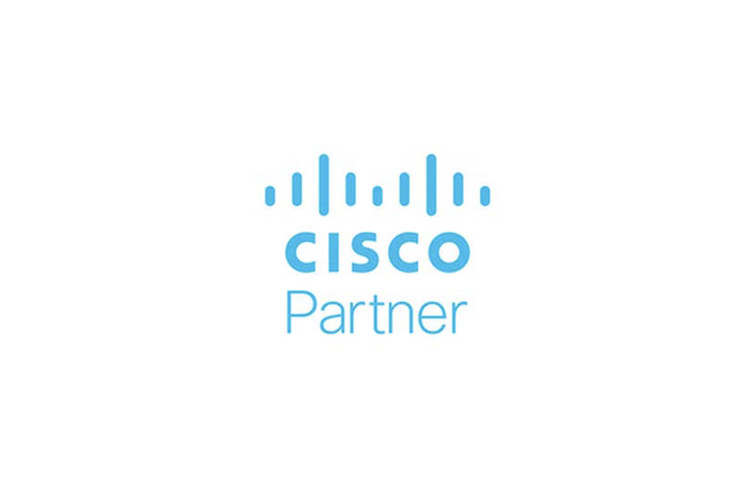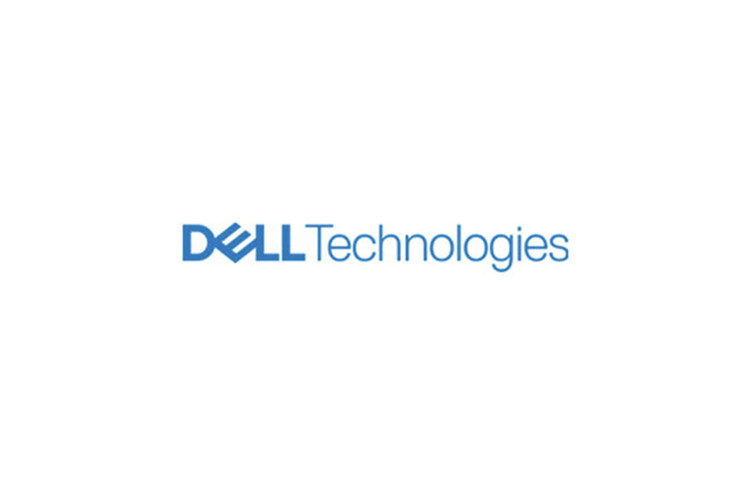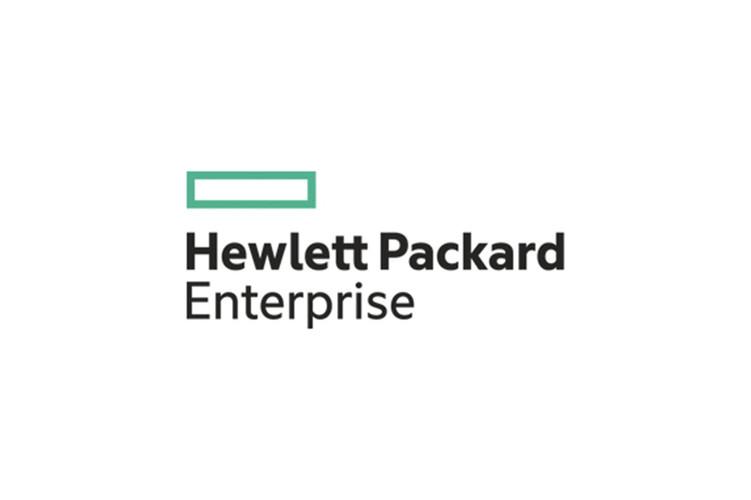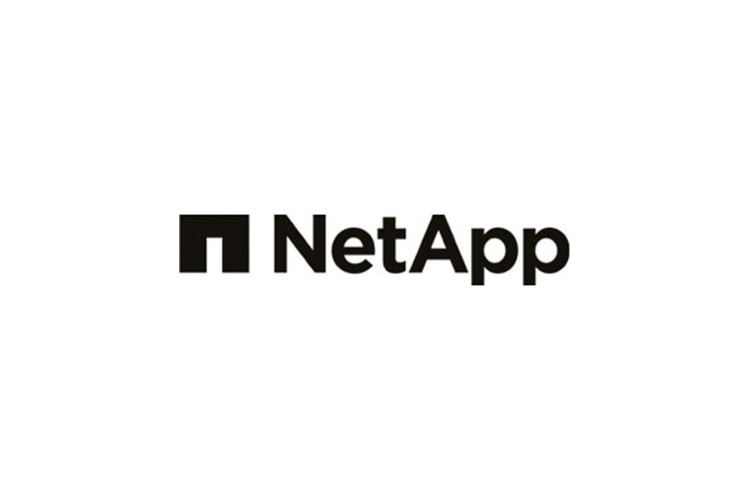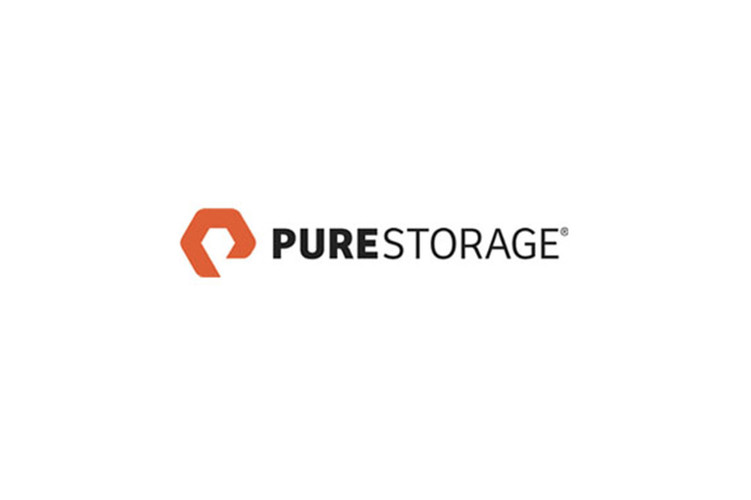“It's really a paradigm shift for an organization and in terms of the support model,” says Derek Hay, a field CIO for CDW. “You're turning over the keys to someone else.”
In a DCaaS engagement, the provider delivers the technology resources a company needs to run its business. The provider may run the data center on the client’s premises or at its own colocation facility, but the resources are consumed as a service, offering more flexibility and scalability, and a more flexible cost structure. The provider manages the infrastructure, assuring uptime to an agreed-upon level, and maintains the operation so the client can use the resources as needed.
“The storage and compute are scalable and provided on a consumption basis. The monitoring, uptime, billing and even disposal of retired hardware are managed by the provider,” says Urban Haas, also a field CIO for CDW. “They handle the full lifecycle of the data center.”
LEARN MORE: Assess whether it is time for your organization to consider Data Center as a Service.
Organizations Are Opting for DCaaS for Several Reasons
IT leaders who decide on a DCaaS engagement do so for a variety of reasons. These decisions are informed by an organization’s appetite for risk, the size and skill of its IT team, the accounting and funding model it prefers, architectural patterns, and its approach to real estate.
Often a DCaaS engagement will begin when an organization’s current data center equipment is at the end of its recommended life or when IT leaders are looking to expand data center operations.
One frequent motivation is to remove data center operation from the responsibilities of the IT team so it can focus on other priorities, such as tasks that drive revenue for the organization. “They’re looking for flexibility and wanting not to have to maintain technology — they want to have that off their plate,” Haas says. “They don’t want to do capacity planning and care and feeding of the data center.”
This is often a particularly attractive option for small businesses looking to mitigate their staffing risk, Hay says. If a small firm has one storage administrator who is in charge of maintaining its storage environment, having that person retire or leave for another employer would create a significant disruption. A DCaaS provider has multiple administrators on staff to handle this responsibility.








